Description
HISTORY OF THE LNWR CAULIFLOWERS
The LNWR 18-inch Goods was a class of 0-6-0 freight steam locomotives built by the London and North Western Railway at their Crewe Works between 1880 and 1902. They were also known officially as the Express Goods 5 ft 0in, and unofficially as the Crested Goods or Cauliflower Class, due to the application of the large LNWR crest on the middle splasher in the original livery. The nickname derived from the appearance of the company coat of arms on the driving wheel splasher, which at a distance resembled the well-known vegetable.
The LNWR 18-inch Goods was a class of 0-6-0 freight steam locomotives built by the London and North Western Railway at their Crewe Works between 1880 and 1902. They were also known officially as the Express Goods 5 ft 0in, and unofficially as the Crested Goods or Cauliflower Class, due to the application of the large LNWR crest on the middle splasher in the original livery. The nickname derived from the appearance of the company coat of arms on the driving wheel splasher, which at a distance resembled the well-known vegetable. The design featured a boiler pressed to 150 lbf/in2 (1.03 MPa) delivering saturated steam to two 18 by 24 in (457 by 610 mm) cylinders connected by Joy valve gear to the driving wheels. The dimensions quoted in the class title could be misleading: several locomotives ran for a period with 17-or-17+1⁄2-inch (432 or 444 mm) cylinders; and the “5ft 0in” referred to the diameter of the wheel centers – measured of the tires the diameter was 5 ft 2+1⁄2 in (1,588 mm). A tank locomotive version was also produced as the LNWR 18in Tank Class 0-6-2T. Between 1880 & 1902 the whole class was turned out of Crewe Works at regular intervals, and with the exception of two all were taken over by the LMS in 1923, being renumbered 8315-8624, incidentally numbers 8328/9 were left blank for the two withdrawn before the grouping.
The Cauliflowers were always classed as mixed traffic locos in spite of the wheel arrangement & like their predecessors the ‘Coal Engines’ were extremely simple in constructions & easy to maintain. There are many find runs credited to the class over the West Coast main line for it was not unusual to see one of the class working an express passenger train or semi-fast out of Euston. With the failings of the Webb’s numerous compounds it was a good thing he had at the disposal of the Motive Power Department a stud of well built simple steam locomotives in which the department could place complete faith.
Under the LMSR several later received Belpaire fireboxes & some had cylinders lined up to 17 or 17 ½ inches. A large number were taken out of traffic during the 1930s, and in 1936 the survivors were put on the LMS duplicate list having 20,000 added to their numbers. In their declining years after the second World War, most of the survivors had congregated at Stoke, Nuneation, Carlisle, Penrith & Widnes. Those at Penrith were used on the Keswick Branch where they regularly clocked up speeds of 76 mph on the downhill. The last of the class, number 58427 was stored for a long time at Trafford Park depot, from whence it moved to Crewe in 1955 for breaking up after it had been failed to be purchased for preservation. However, it received a slight reprieve for it was decided to restore it to LNWR livery once again. Thus it was shunted about to odd corners of the works until 1957 when a review of the original decision to restore was made and it was finally decided not to carry out the work and so after another 2 years of grace with hopes of it being saved for preservation, 58427 was cut up. The pioneer of the class being cut up in 1951 with a record of 71 years in service, rather more than any Webb compound, which lasted 15 years on average.

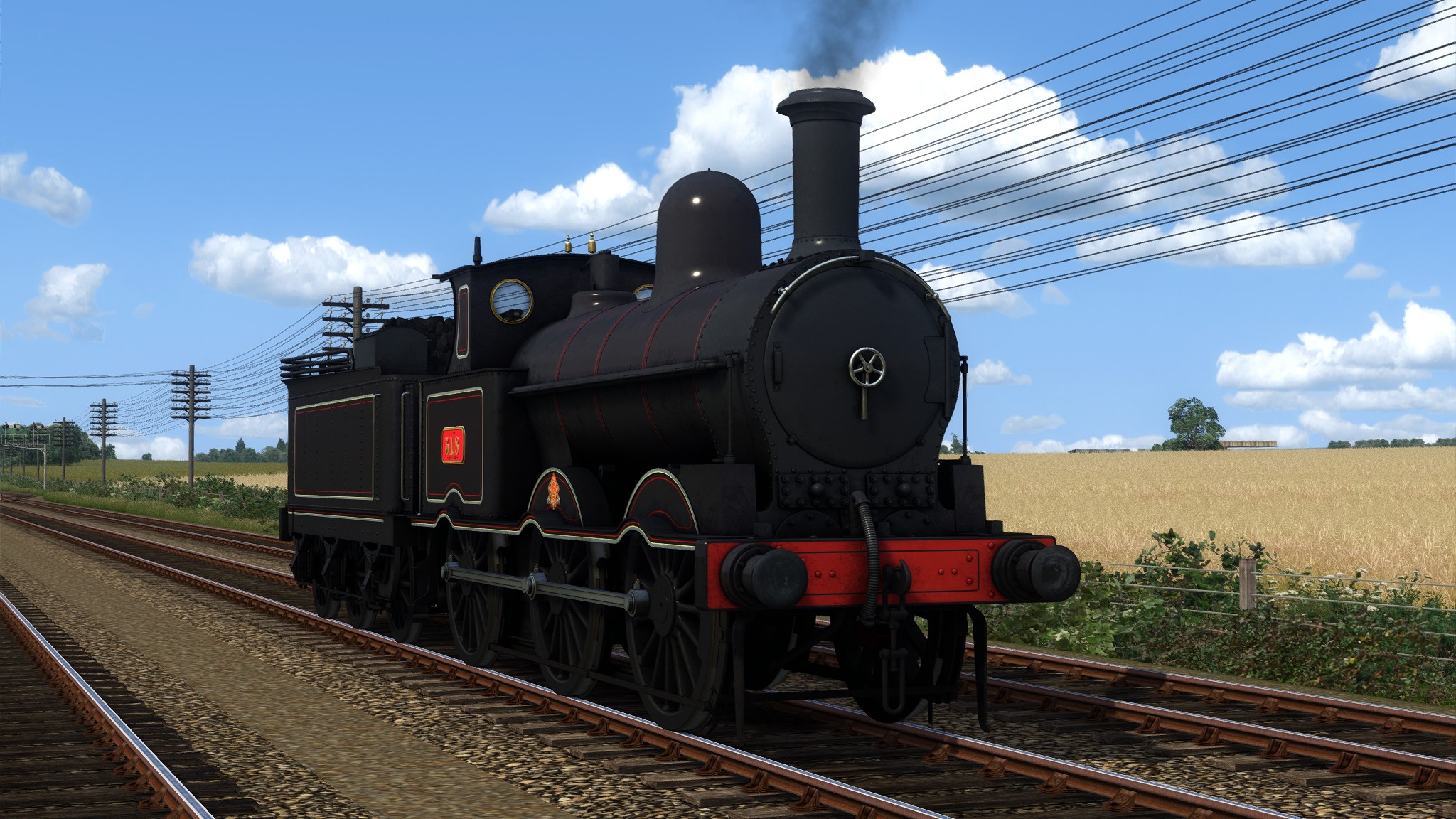
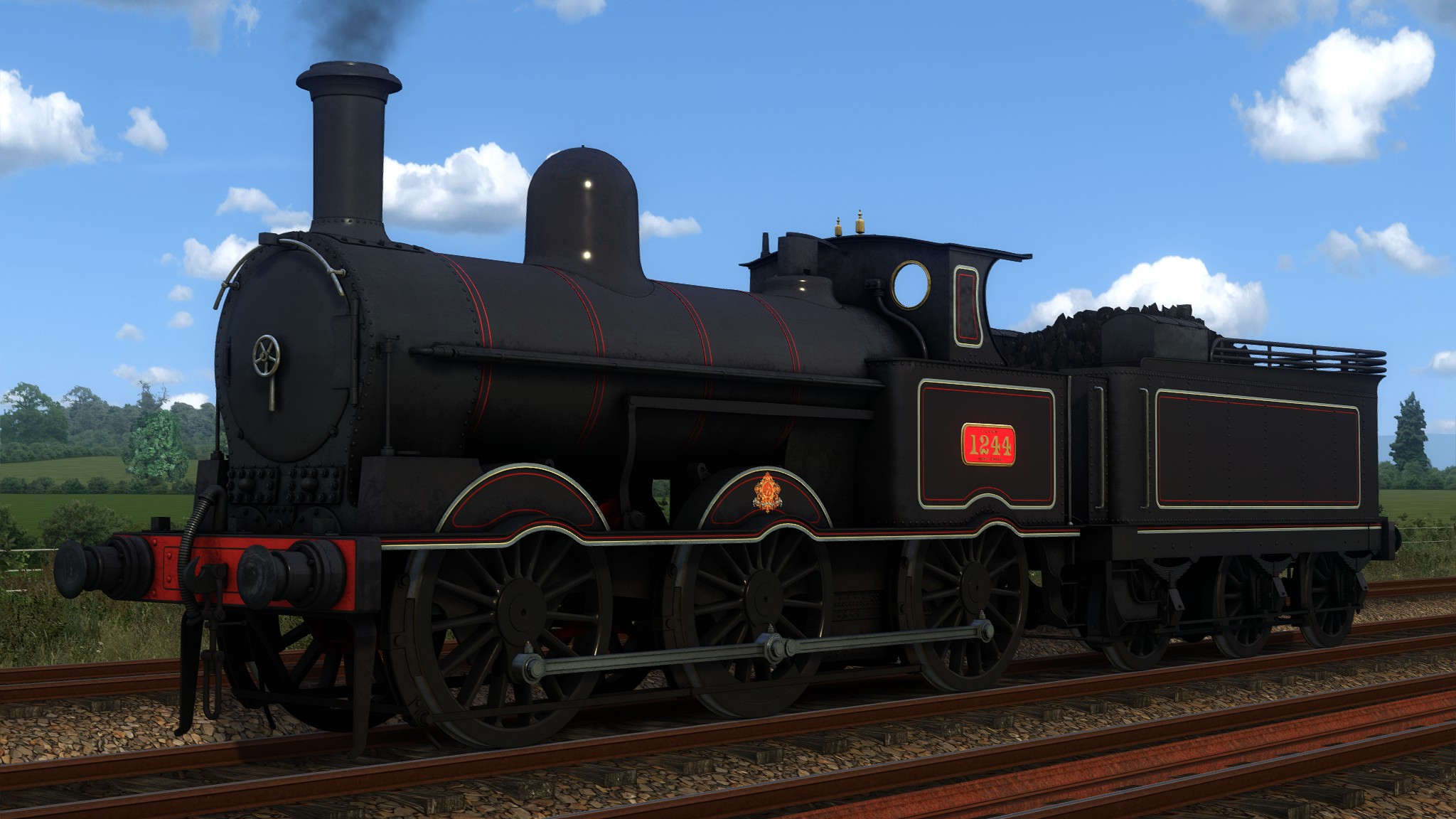
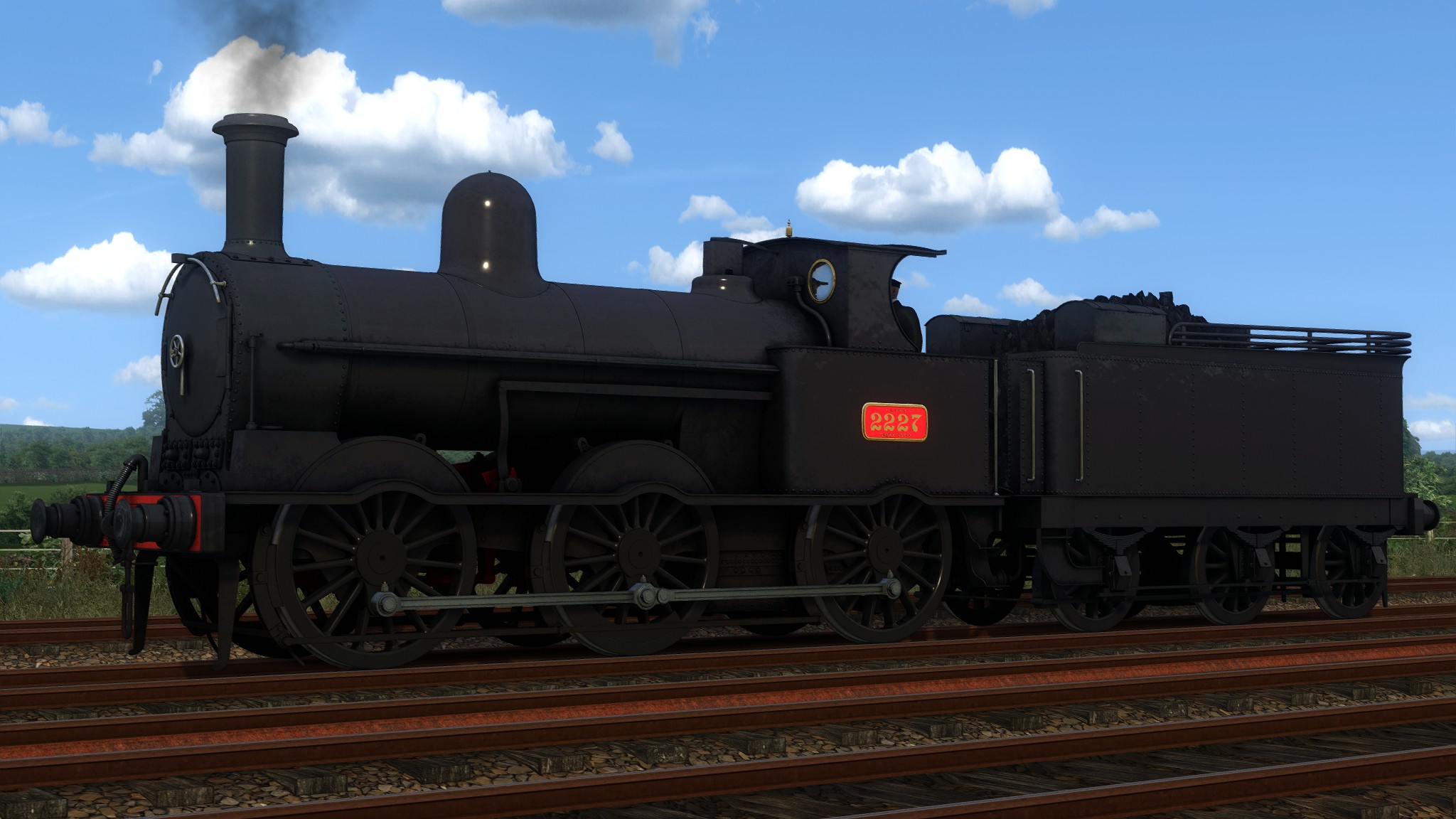
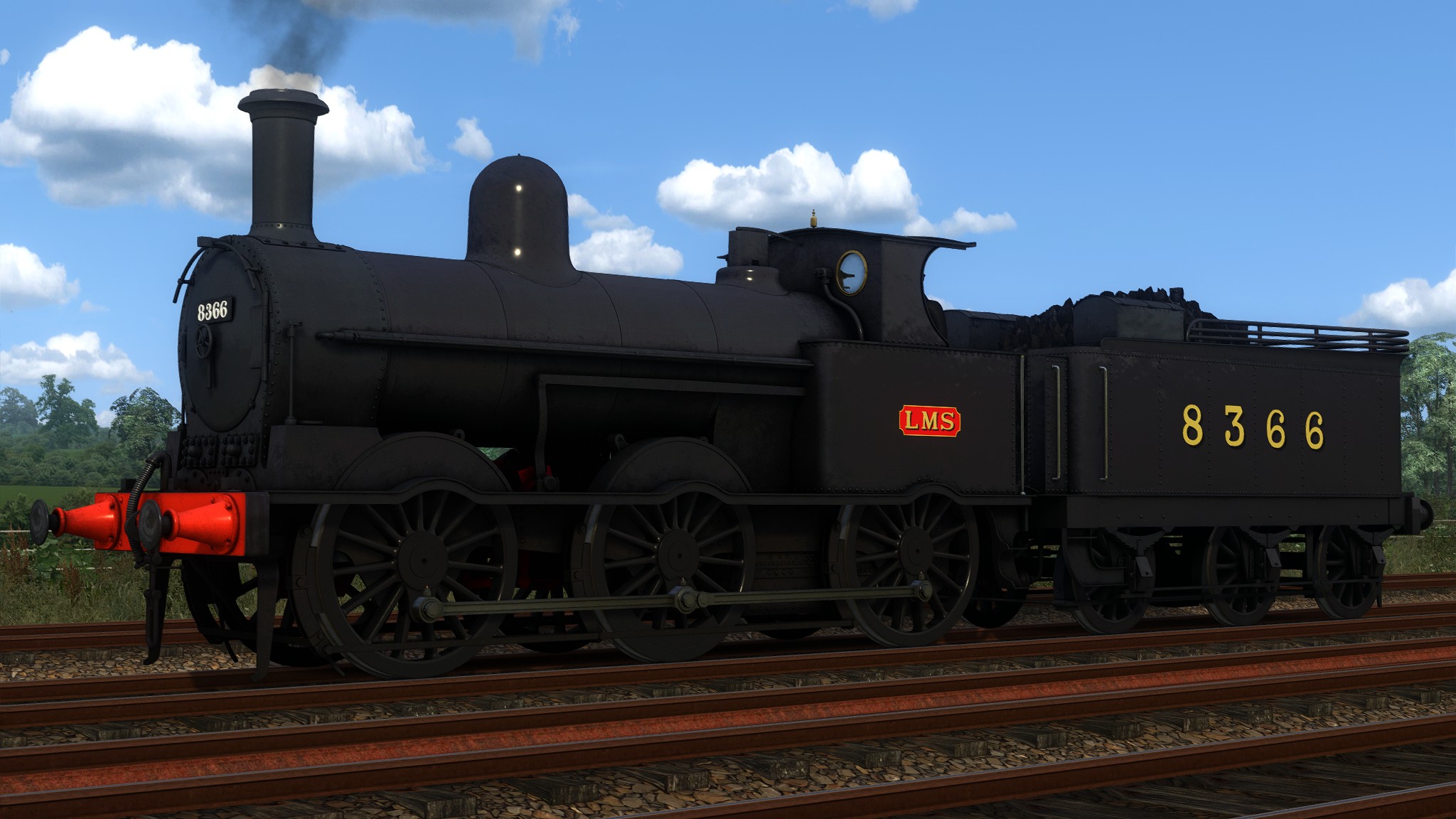
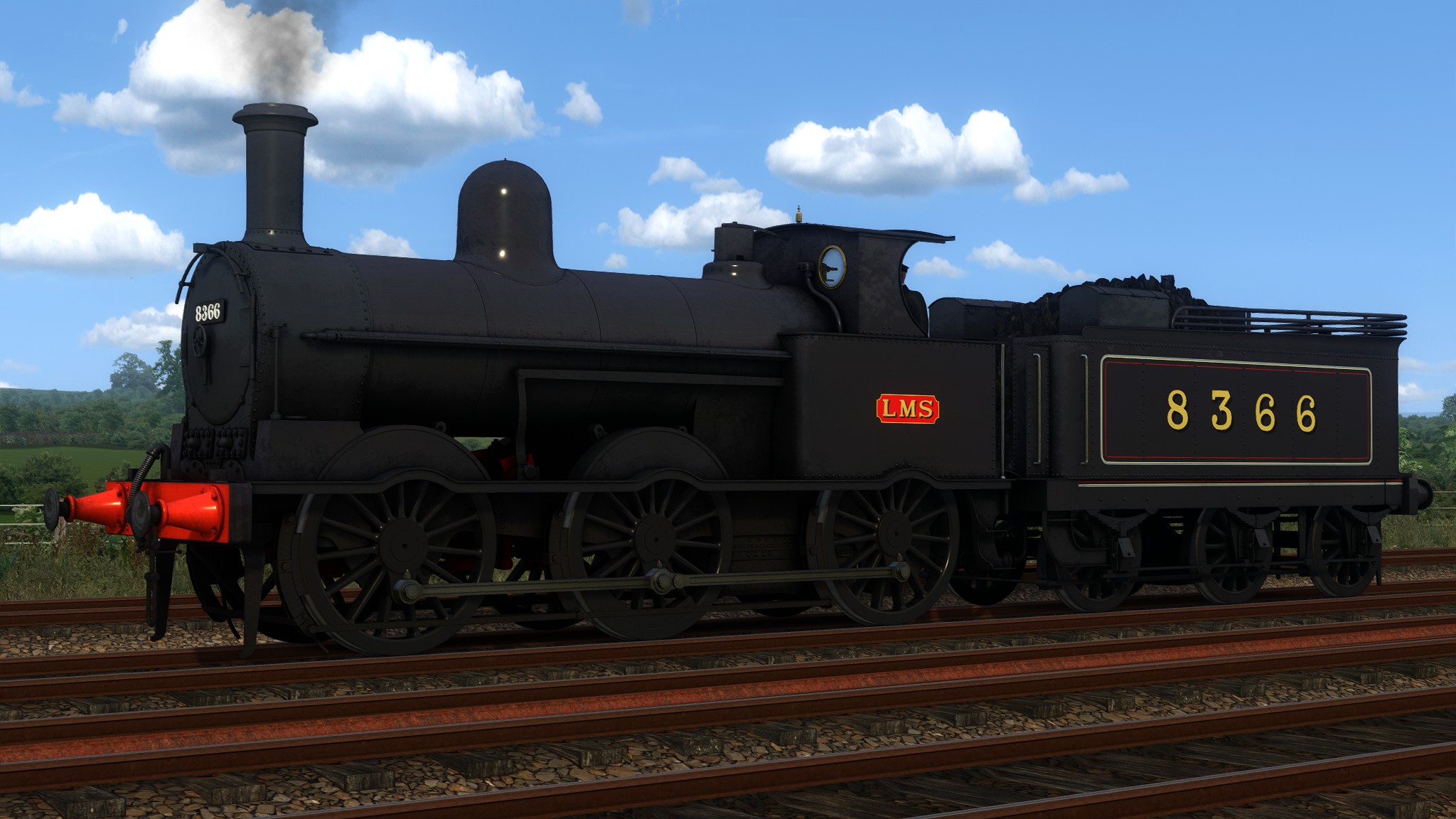
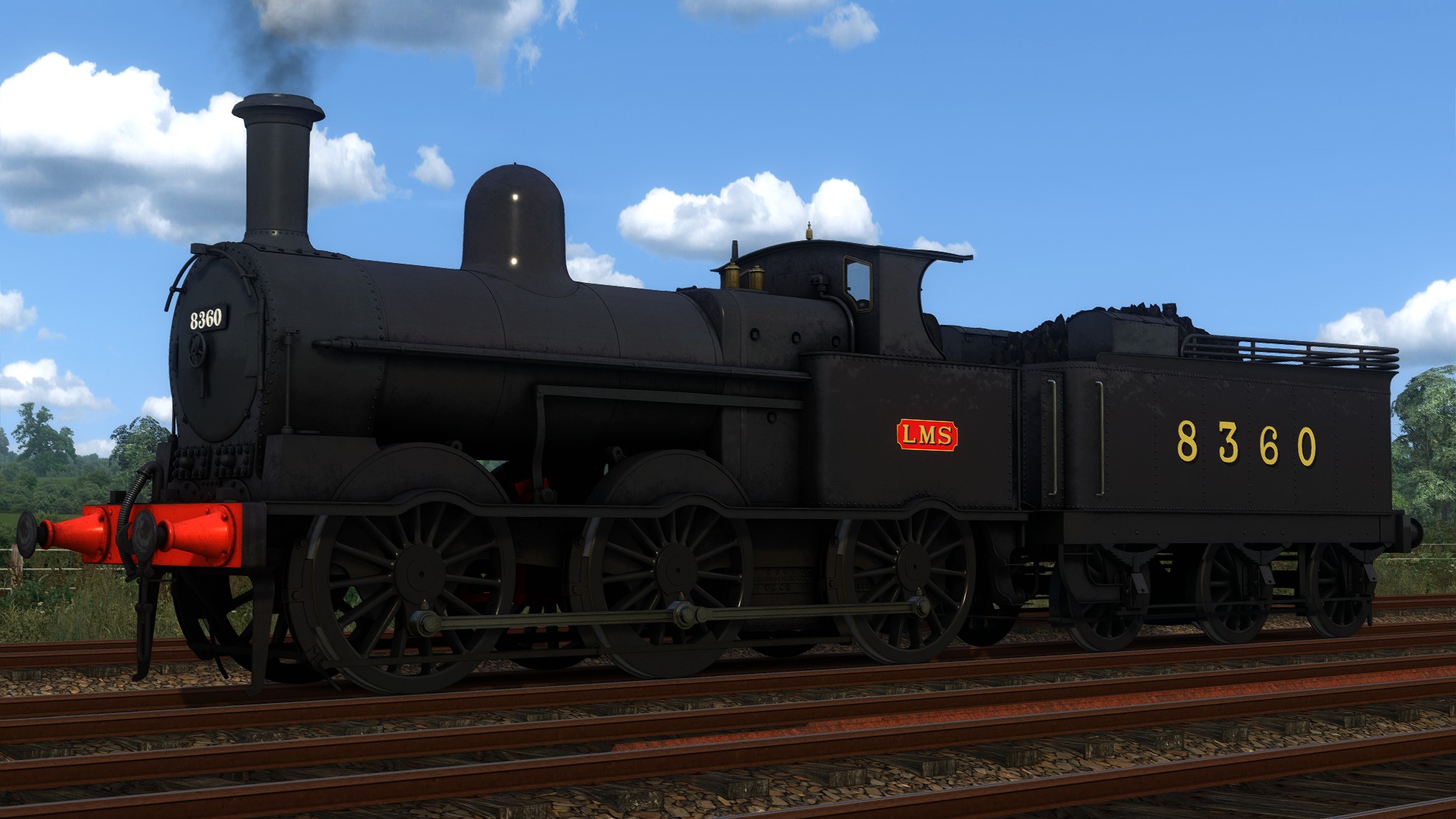
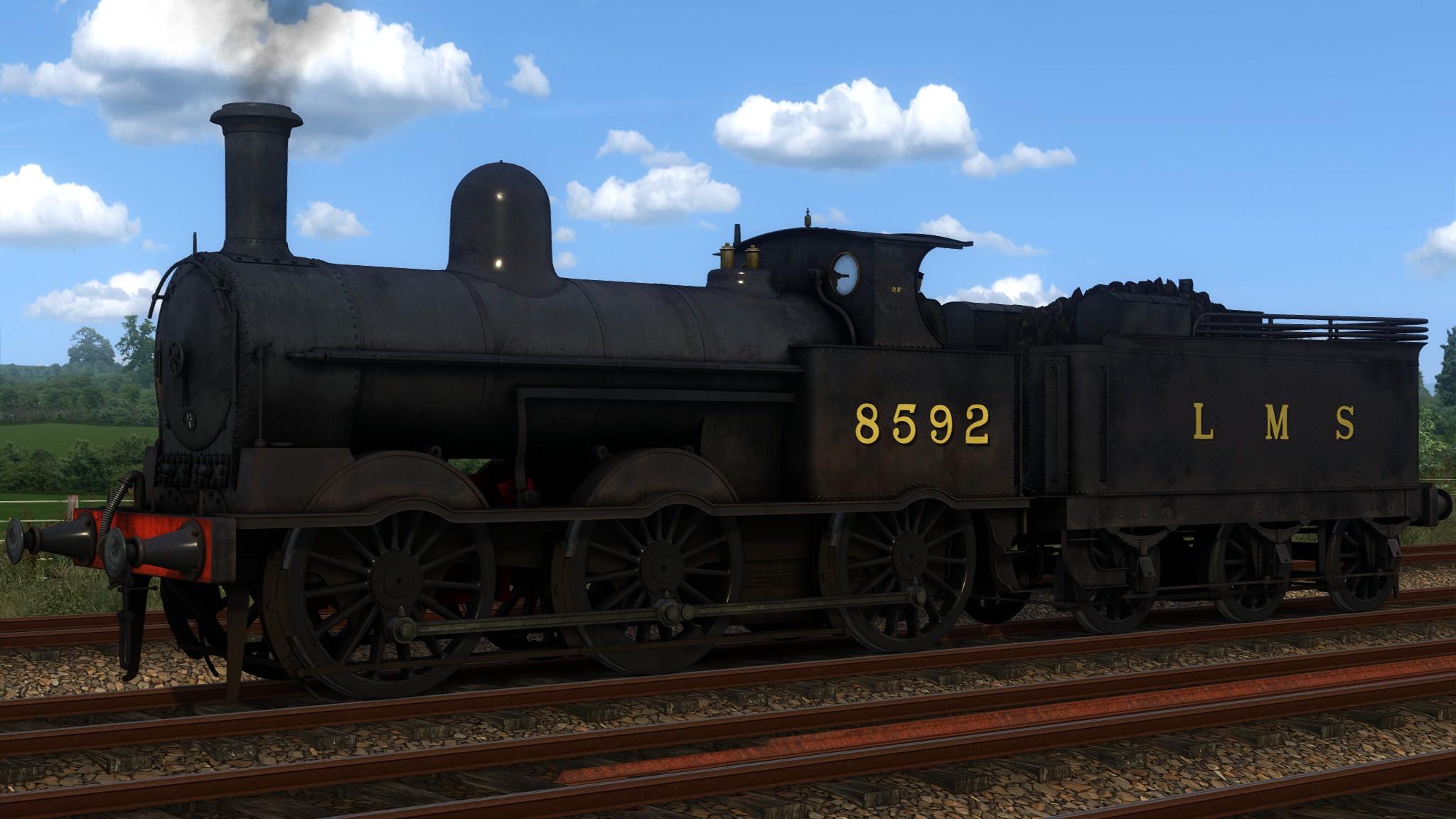
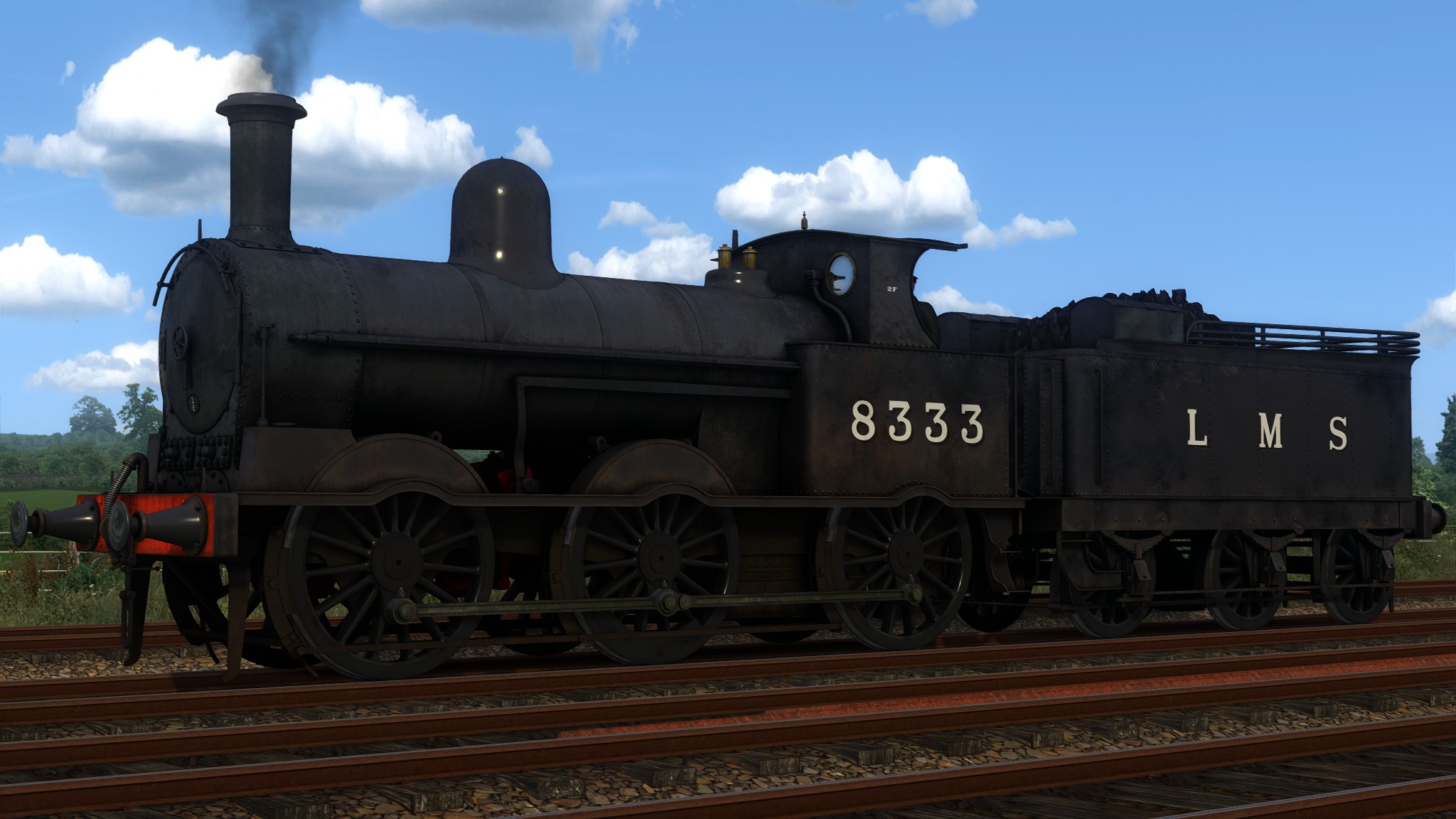
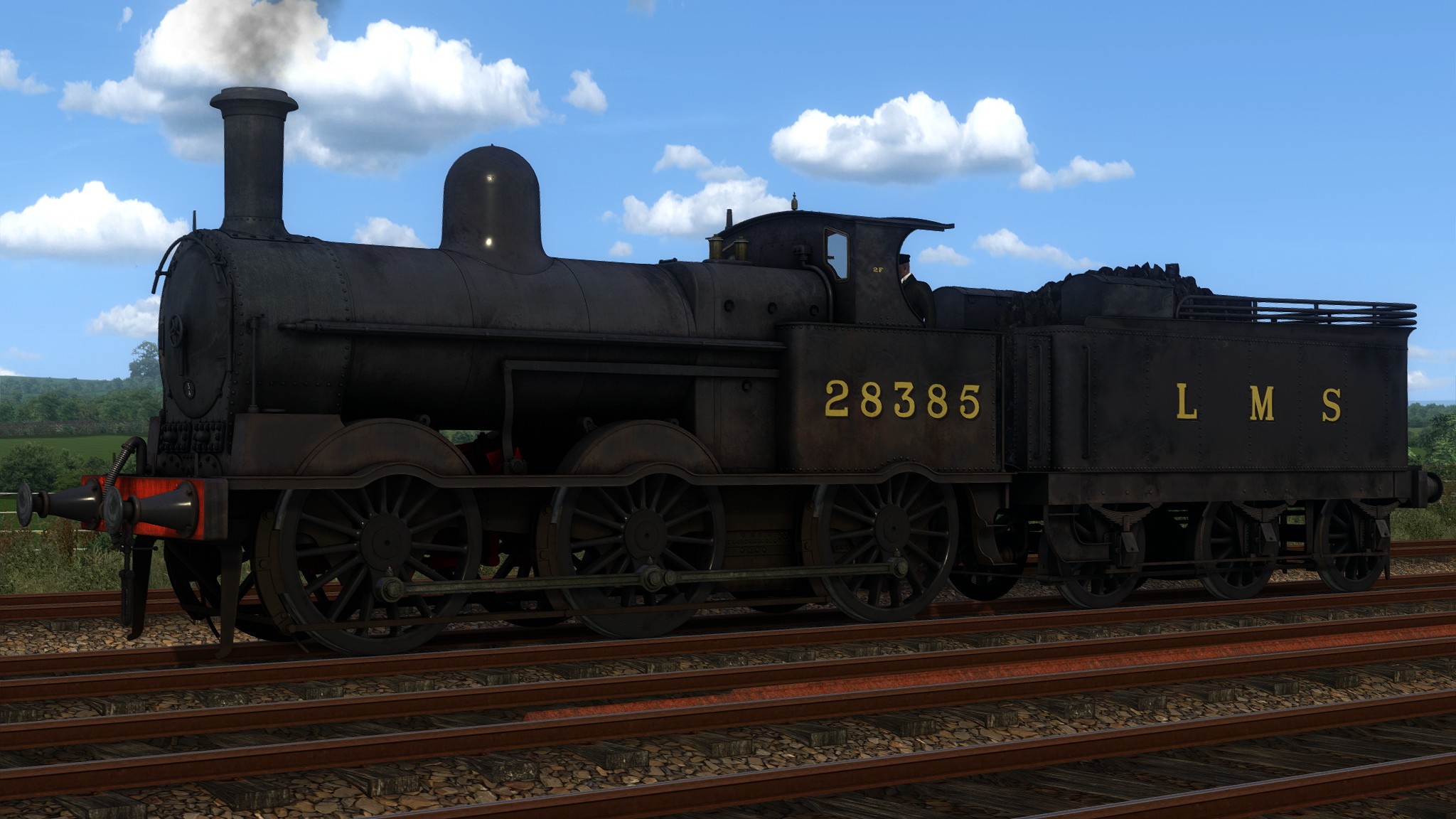
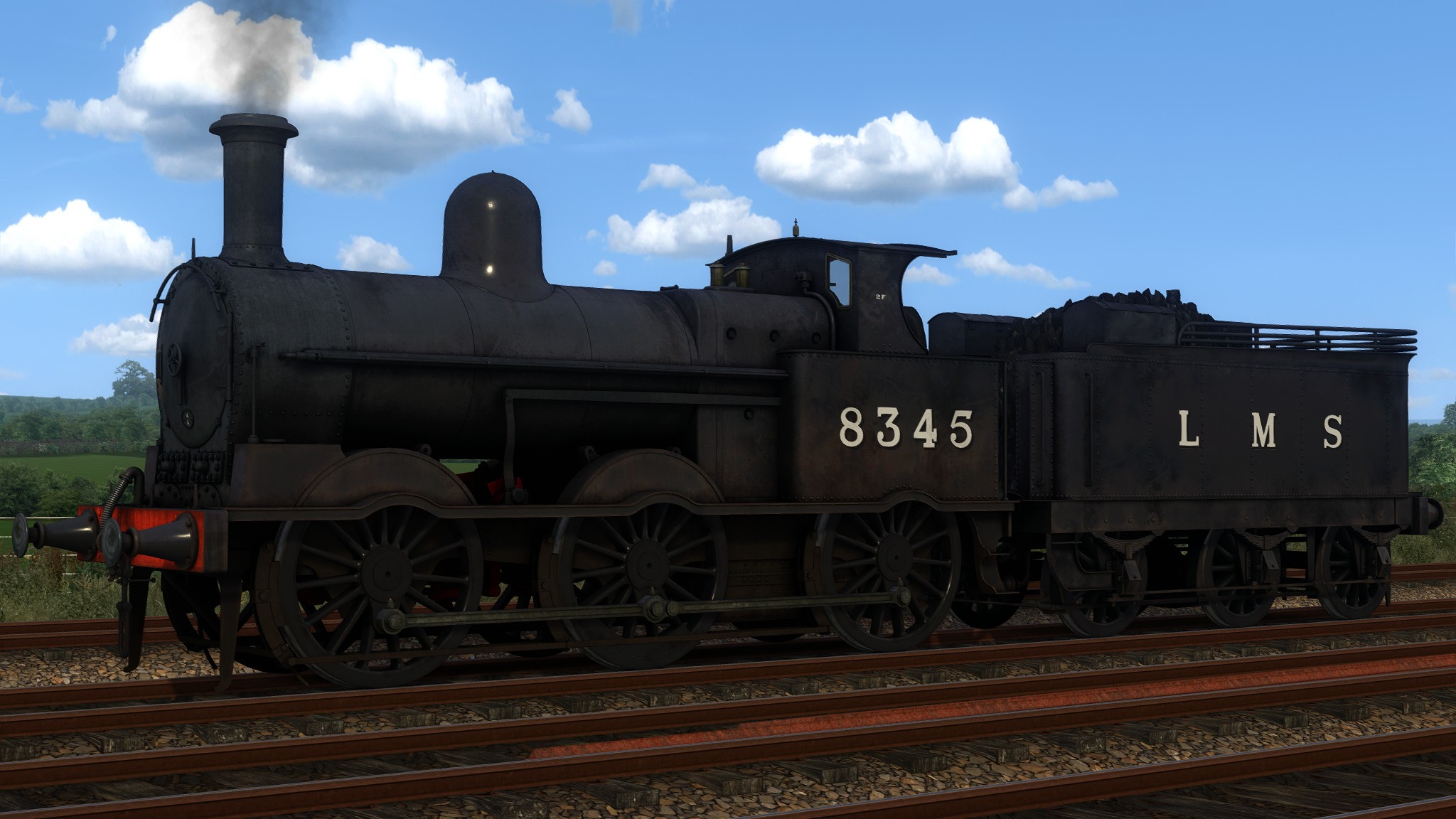
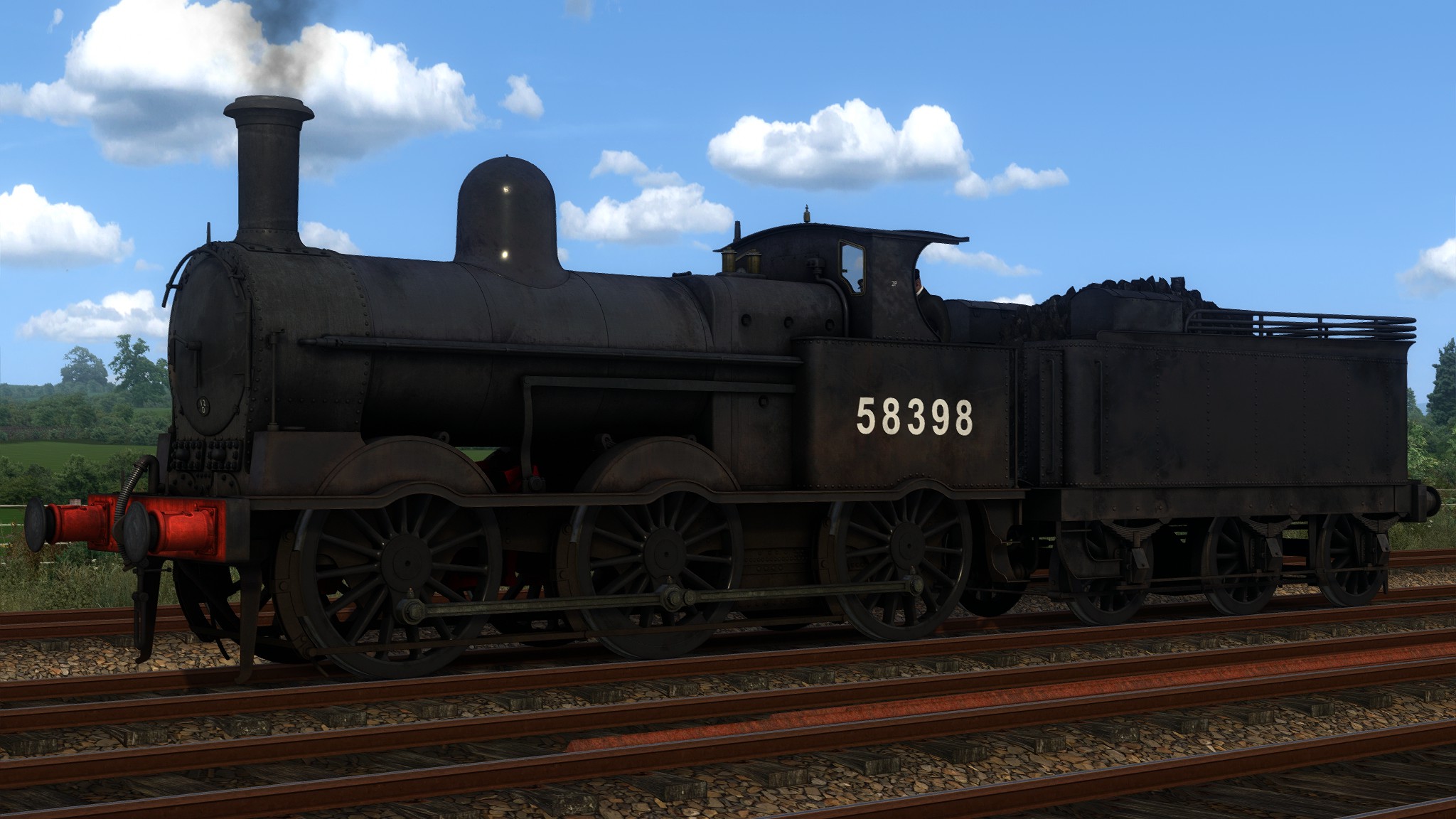
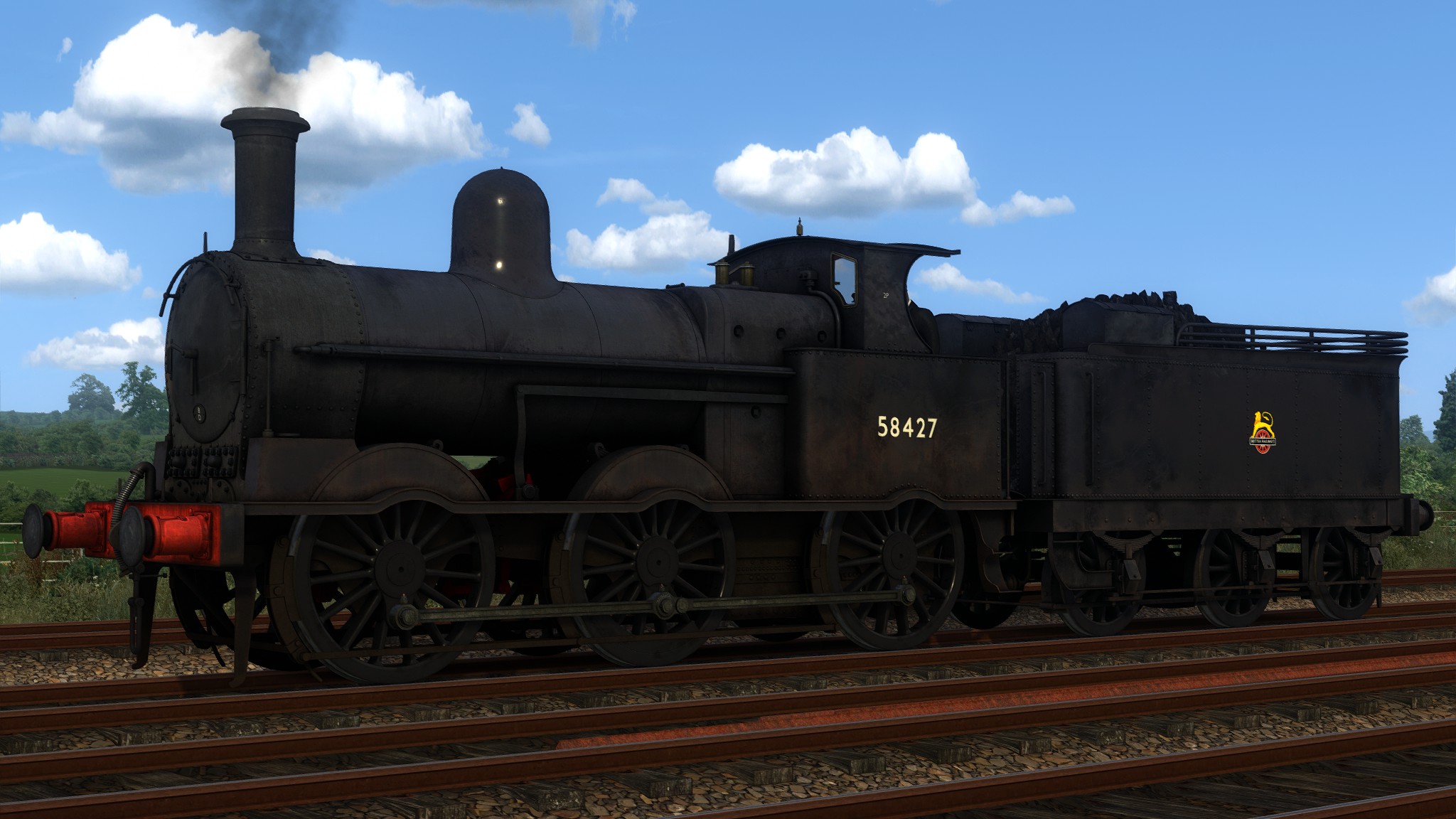
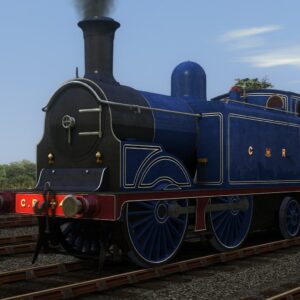
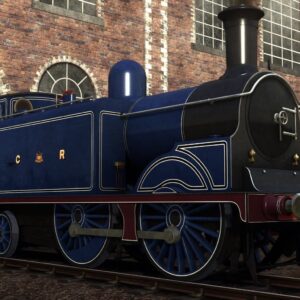
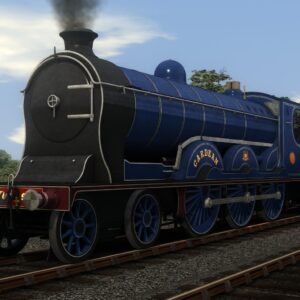
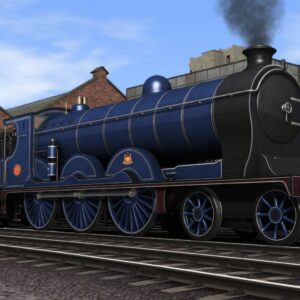
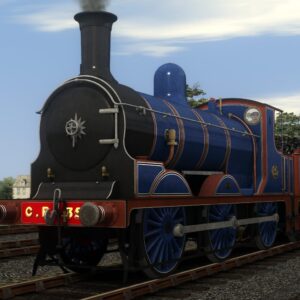
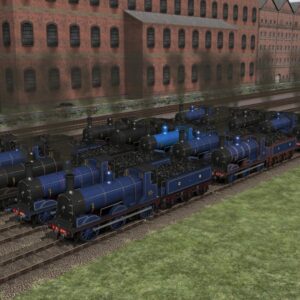
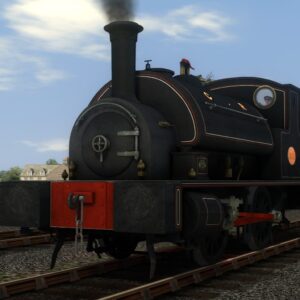
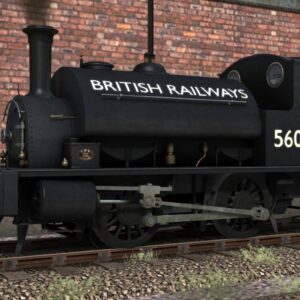
Reviews
There are no reviews yet.